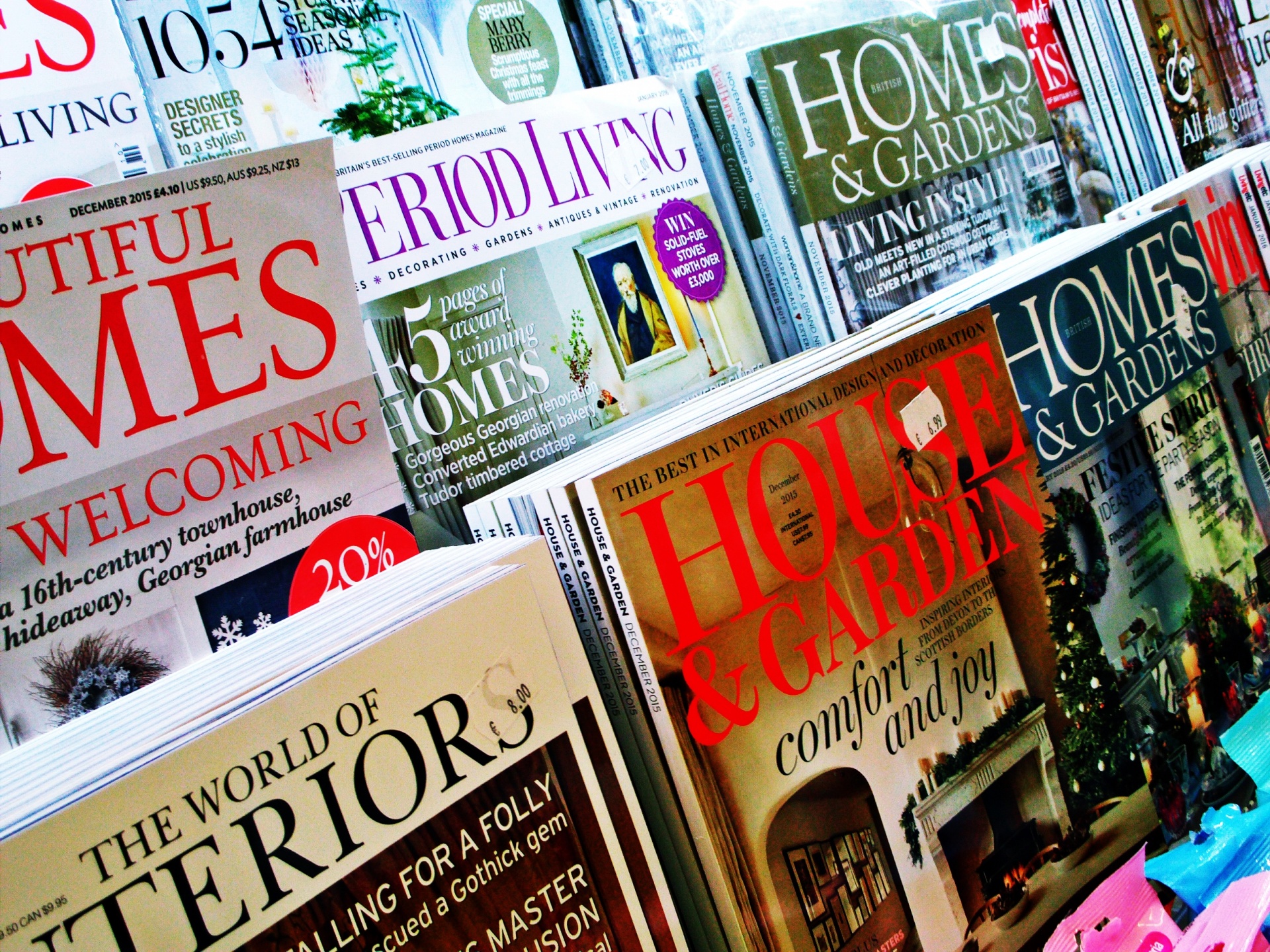Magazine cover design plays an integral role in the broader conversation of aesthetics, communication, and cultural significance within the publishing industry. The allure of a magazine cover lies not simply in its visual components but also in its ability to encapsulate the ethos of the publication it represents. A single glance at a magazine cover can evoke a myriad of emotions, incite curiosity, or even inspire action. This exploration delves into the elements that contribute to compelling magazine covers while unearthing the deeper fascinations that lie beneath their glossy surfaces.
To begin, a magazine cover serves as the first touchpoint for potential readers. It functions as a visual invitation, beckoning individuals to engage with the content within. This significance is underscored by the concept of ‘first impressions’, wherein the cover must speak volumes in mere seconds. A successful cover distills complex themes into simple visuals and concise text, marrying artistry with communicative effectiveness. It stands at the intersection of design and storytelling, performing a delicate balancing act that requires acute awareness of the target audience.
Color theory plays an essential role in this design sphere. Each hue possesses unique psychological attributes that can elicit specific emotional responses from viewers. For instance, blue is often associated with trust and calmness, while red evokes passion and urgency. Designers meticulously select color palettes that not only align with the content’s narrative but also resonate with the magazine’s brand identity. Intriguingly, these colors can also be reflective of broader cultural and societal sentiments, conveying messages that transcend linguistic barriers.
Typography is another cornerstone of magazine cover design. The choice of typeface impacts readability, tone, and overall aesthetic. Serif fonts, with their classical elegance, may suggest sophistication, while sans-serif fonts often convey modernity and simplicity. Furthermore, the arrangement of text elements, including headlines, subheadings, and captions, requires an understanding of hierarchy and balance. Designers frequently experiment with font size and weight to create a visual rhythm that guides the reader’s eye across the cover, enhancing engagement and comprehension.
Imagery is perhaps the most dynamic aspect of cover design. Photographs, illustrations, or graphic elements must coalesce into a holistic visual narrative. The selection of imagery not only anchors the thematic content but also serves as a canvas for creative expression. A captivating photograph can encapsulate a moment in time, evoke nostalgia, or provoke thought. Illustrations grant designers the freedom to innovate, allowing for surreal interpretations or whimsical portrayals that challenge conventional boundaries. This visual experimentation can result in covers that are both distinctive and memorable.
Fascination with magazine covers often stems from their ability to reflect cultural zeitgeists. A cover may encapsulate societal trends, political movements, or artistic revolutions, thereby serving as a historical artifact. For instance, iconic magazine covers from the 1960s may evoke the spirit of counterculture or civil rights, preserving the ethos of an era for future generations. This temporal aspect fosters an appreciation for design as a medium of cultural commentary and a vessel for societal reflection.
Furthermore, the phenomenon of celebrity culture significantly influences magazine cover design. The allure of high-profile personalities often drives sales and engagement. The deployment of famous faces, particularly in fashion and lifestyle publications, can infuse covers with a sense of aspirational allure. This dynamic creates an intersection between commercial viability and artistic expression, where designers are tasked with conveying the essence of the featured individual while maintaining the integrity of the publication’s identity.
The evolution of technology has irrevocably transformed magazine cover design. The digital age heralded new tools and techniques, enabling designers to experiment with layouts, graphics, and multimedia elements. This technological advancement fosters a spirit of innovation; designers now possess a vast array of resources at their disposal, empowering them to transcend traditional design constraints. As a result, contemporary magazine covers often exhibit a level of creativity that pushes the envelope, challenging conventional aesthetics and audience expectations.
Moreover, the growing emphasis on sustainability within the publishing industry has sparked a dialogue around eco-conscious design practices. As environmental awareness burgeons, designers are increasingly considering the ecological footprint of their materials and production processes. This shift encourages a thoughtful approach to cover design that prioritizes recycled materials, responsible sourcing, and minimalistic layouts that reduce waste. By intertwining eco-awareness with aesthetics, designers contribute to a restorative narrative that resonates with today’s socially conscious readership.
In conclusion, the multifaceted nature of magazine cover design renders it an enduring field of fascination. It is an intricate tapestry of color, typography, imagery, and cultural relevance that shapes the way we engage with published content. Through the lens of design, one can appreciate the rich interplay between artistry and communication that defines magazine covers. As society continues to evolve and adapt, so too shall the artistry of magazine cover design, preserving its role as a potent visual medium that reflects the world while inviting readers to explore its depths.
